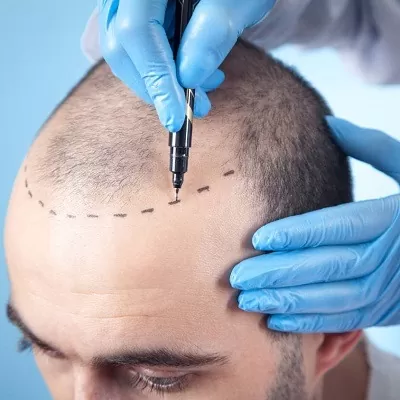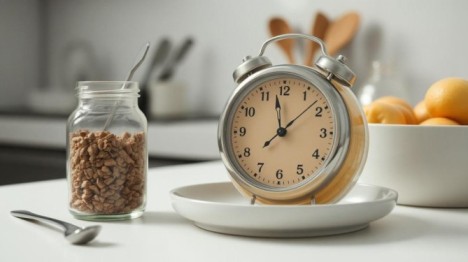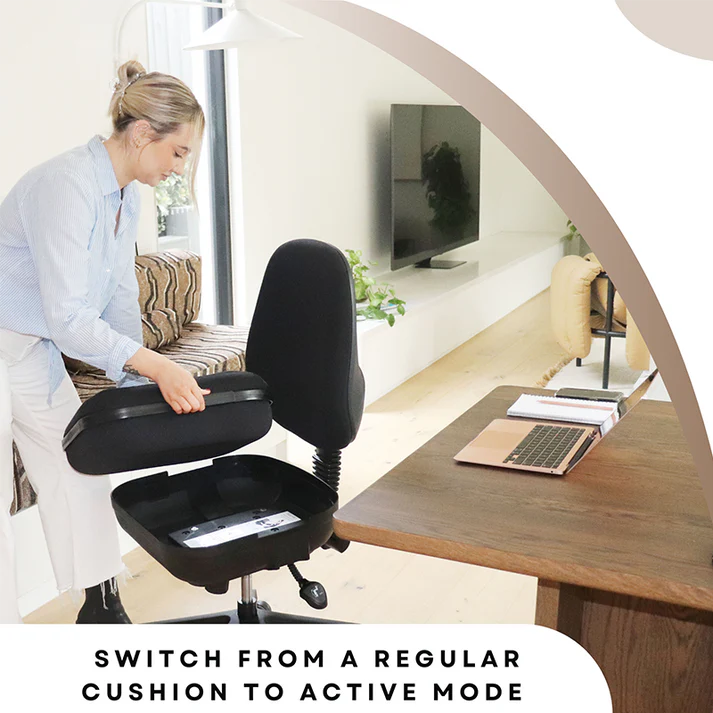Hair transplants have become a popular solution for hair loss, and Dubai has emerged as a leading destination for the procedure due to its advanced medical facilities and expert surgeons. However, the success of a hair transplant in Dubai is not solely dependent on the procedure itself but also on proper post-operative care. If you’ve recently undergone a hair transplant or are considering one, understanding the essential aftercare steps can significantly impact your healing process and final results.
Understanding the Post-Hair Transplant Recovery Process
The recovery period after a hair transplant is a crucial phase where the transplanted hair follicles adjust to their new location. While the procedure is minimally invasive, the healing process can take several weeks, and proper care can expedite recovery, reduce complications, and ensure optimal hair growth.
Immediate Post-Procedure Care
The first 24 to 48 hours after the hair transplant are critical. Patients should follow these essential care tips:
- Avoid Touching or Scratching the Scalp: The transplanted hair follicles are delicate, and touching them can disrupt the healing process.
- Keep Your Head Elevated: Sleeping with your head elevated at a 45-degree angle helps reduce swelling and enhances blood circulation.
- Apply Prescribed Medications: Your surgeon will likely prescribe antibiotics and anti-inflammatory medications to prevent infection and reduce swelling.
- Use a Mild Saline Spray: Spraying saline solution on the grafted area can keep the scalp hydrated and promote healing.
The First Week: Essential Precautions
The first week post-hair transplant is when most side effects, such as swelling, redness, and scabbing, occur. Here’s how to handle this period effectively:
- Gentle Hair Washing: After 48 hours, you can start washing your hair with a mild shampoo, avoiding direct pressure on the grafts.
- Avoid Strenuous Activities: Refrain from heavy exercise, lifting, or any activity that causes sweating, as it may interfere with healing.
- Stay Hydrated and Maintain a Balanced Diet: Drinking plenty of water and eating nutrient-rich foods can speed up the recovery process.
- Avoid Alcohol and Smoking: Both substances can hinder blood circulation and delay healing.
The First Month: Ensuring Long-Term Success
After the first week, patients can gradually return to their normal routine, but certain precautions remain crucial:
- Avoid Direct Sun Exposure: Dubai’s sun can be harsh, and excessive exposure can damage the healing scalp. Wearing a loose-fitting hat is recommended.
- Continue Using Medicated Shampoo: Washing the scalp with a gentle, sulfate-free shampoo will keep the area clean without irritating the grafts.
- Be Patient with Shedding: It’s normal for transplanted hair to shed within the first month. This is a part of the hair growth cycle, and new hair will start to grow in a few months.
- Regular Follow-ups: Attending scheduled check-ups with your surgeon ensures that your recovery is progressing as expected.
Long-Term Care: Maximizing Hair Growth
Even after the initial healing phase, maintaining long-term scalp health is key to achieving the best results.
- Healthy Hair Care Routine: Use mild hair products and avoid excessive heat styling.
- Nutrition and Supplements: Biotin, vitamin D, and iron supplements can support hair growth.
- Scalp Massage: Gently massaging the scalp improves blood circulation and promotes healthier hair.
- Avoid Tight Hairstyles: Avoid pulling or stressing the transplanted hair to prevent damage.
Common Side Effects and How to Manage Them
While complications are rare, some common side effects include:
- Swelling: Applying a cold compress on the forehead can reduce swelling.
- Itching: This is a sign of healing. Using a prescribed moisturizing spray can help relieve discomfort.
- Scabbing: Avoid picking scabs, as they will naturally fall off.
- Shock Loss: Temporary hair loss around the transplanted area is normal and will subside as new hair grows.
Why Post-Transplant Care is Important in Dubai’s Climate
Dubai’s hot and humid weather can pose challenges for hair transplant recovery. Sweat and heat can increase the risk of infection and irritation. To counteract these issues:
- Stay Indoors During Peak Sun Hours: Limit outdoor activities, especially during midday.
- Use a Light Head Covering: A breathable hat or cap can provide protection without causing excessive sweating.
- Keep the Scalp Cool: Using a cooling gel recommended by your doctor can provide relief from heat-related discomfort.
Conclusion
A hair transplant in Dubai can be a life-changing decision, restoring confidence and a youthful appearance. However, the success of the procedure largely depends on diligent post-operative care. By following the right aftercare practices, avoiding harmful habits, and ensuring proper scalp hygiene, you can achieve the best possible results and enjoy a fuller, healthier head of hair for years to come.




